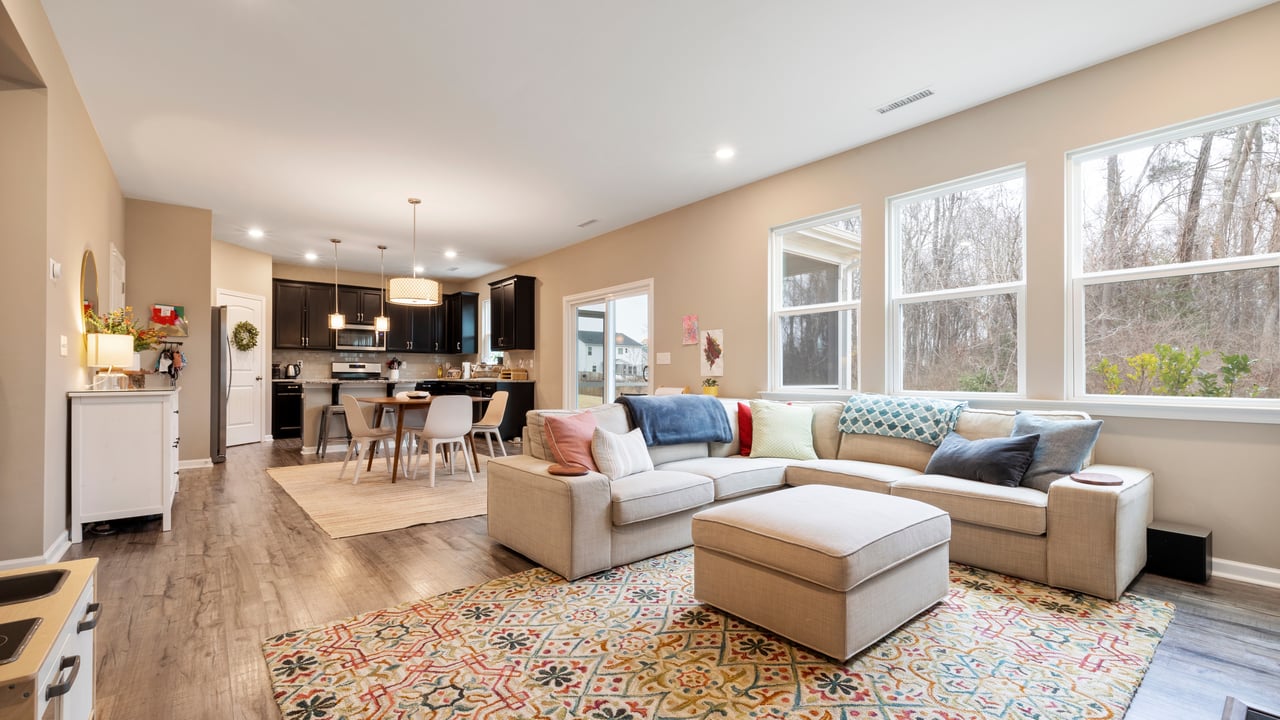Avoid Losing Money on Your Flip: Managing Unforeseen Renovation Costs Like a Pro
October 22, 2024
Seller

October 22, 2024
Seller

Flipping houses can be an incredibly lucrative venture—when done right. However, many real estate investors quickly discover that unforeseen renovation costs can derail even the best-laid plans. Unexpected repairs, delays, and budget overruns can turn a profitable flip into a financial nightmare. How can you avoid these pitfalls and ensure your flip remains on track?
In this article, we’ll delve into why unexpected renovation costs occur, the common mistakes investors make, and most importantly, how you can prevent losing money on your flip. With the right strategies in place, you'll be able to manage your budget effectively and flip houses like a pro.
1. Lack of a Detailed Initial Inspection
The root of many unforeseen costs lies in an insufficient property inspection at the beginning. A comprehensive inspection should uncover potential issues with the property, from electrical systems to plumbing, roofing, and structural integrity. Skimping on this crucial step often means you’ll discover expensive repairs only after you’ve started the renovation.
2. Overestimating Your Skillset
While DIY is a great way to save on labor, many investors overestimate their capabilities, especially when it comes to complex repairs like electrical work or foundation repairs. Failing to recognize where professional help is required can result in costly mistakes that eat into your profit margins.
3. Changes in Building Codes and Regulations
Many investors aren’t aware that building codes can vary from one jurisdiction to another. Changes in local regulations or failure to obtain the necessary permits can lead to fines or the need for additional, unplanned renovations to bring the property up to code.
4. Hidden Structural Issues
Hidden problems like mold, asbestos, or a crumbling foundation can surface once the walls are opened up. These are costly repairs that can quickly lead to budget overruns if they weren’t factored into the original estimate.
1. Always Start with a Thorough Property Inspection
Invest in a professional, licensed home inspector to evaluate every inch of the property before purchasing. This step might cost a few hundred dollars upfront, but it can save you thousands later by identifying potential problem areas that may need immediate attention.
2. Build a Contingency Fund into Your Budget
One of the best ways to safeguard your flip from unexpected expenses is to include a contingency fund—typically 10-15% of your renovation budget. This fund acts as a safety net for unexpected issues, ensuring you have the capital to address problems without derailing your project.
3. Get Multiple Quotes from Contractors
Many flippers make the mistake of hiring the first contractor they meet or failing to gather multiple quotes. By comparing bids from several contractors, you can ensure that you’re getting a fair price and can avoid overpaying for labor and materials.
4. Stick to the Original Renovation Plan
It’s tempting to add luxury features or make design changes midway through the renovation. While these changes may enhance the appeal of the home, they often come with unanticipated costs. Stick to your original plan unless a significant issue arises that requires a change.
5. Be Aware of Market Trends and Local Laws
Before beginning any renovation, familiarize yourself with local zoning laws, building codes, and permit requirements. This will help you avoid fines, delays, or expensive rework. Additionally, understanding the latest market trends can help you decide which renovations will add value to your property and which might be an unnecessary expense.
6. Keep Detailed Records of All Expenses
Meticulous record-keeping is essential for tracking your renovation costs. By keeping every receipt, invoice, and contract, you’ll be able to monitor your spending closely and ensure that you stay within your budget. Moreover, detailed records are useful if you plan to file for tax deductions related to the renovation.
1. Underestimating the Scope of Work
Underestimating the time, labor, or cost involved in a renovation is one of the biggest mistakes novice flippers make. This often happens when investors rely on rough estimates instead of detailed quotes from professionals. Avoid this mistake by requesting itemized quotes for every aspect of the renovation.
2. Failing to Properly Plan for Holding Costs
Holding costs, such as property taxes, insurance, and utility bills, can accumulate quickly, especially if renovations take longer than expected. Always factor in these costs when determining your budget and timeline. If your flip takes six months instead of the projected three, those additional holding costs could eat into your profits.
3. Relying Too Much on Appreciation
In a rising real estate market, some investors assume that property values will increase enough to cover any overages in renovation costs. However, markets can be unpredictable, and counting on appreciation to bail out your flip is a risky gamble. Focus on making strategic renovations that will increase the home’s value, regardless of market conditions.
4. Ignoring Buyer Preferences
While it may be tempting to inject your own style into a flip, it’s essential to cater to what buyers in your market want. Do some research on comparable homes in the area and focus on renovations that align with current buyer preferences. Over-customizing a property may alienate potential buyers and prolong the selling process.
To illustrate how unforeseen renovation costs can impact a flip, let’s examine a case study. Sarah, an aspiring real estate investor, purchased a mid-century home in an up-and-coming neighborhood for $250,000. Based on her initial budget, she expected to spend $50,000 on renovations, with a potential resale value of $375,000. However, after purchasing the property, she discovered major issues with the foundation and electrical system that required an additional $30,000 in repairs. Coupled with delays from contractor scheduling conflicts, the project extended three months beyond her original timeline, increasing her holding costs significantly. When the property finally sold, Sarah made a modest $10,000 profit—far below her expectations.
This scenario underscores the importance of preparing for the unexpected and building flexibility into your renovation plans.
Flipping houses can be a rewarding investment strategy, but unforeseen renovation costs are a common obstacle that can quickly turn a profitable deal into a financial burden. By performing detailed inspections, budgeting for contingencies, and carefully managing every aspect of your project, you can reduce the risk of unexpected expenses and set yourself up for success. Whether you're a seasoned flipper or just starting out, the key to a profitable flip is planning for the unexpected and keeping a firm grip on your renovation budget.
Stay Updated On Our Most Recent Blog Posts

Real Estate
Brian Ng | August 29, 2025

Real Estate
Brian Ng | August 29, 2025

Real Estate
Thao Dang Pham | August 28, 2025

Real Estate
Thao Dang Pham | August 28, 2025

Real Estate
Brian Ng | August 27, 2025

Real Estate
Brian Ng | August 27, 2025
You’ve got questions and we can’t wait to answer them.